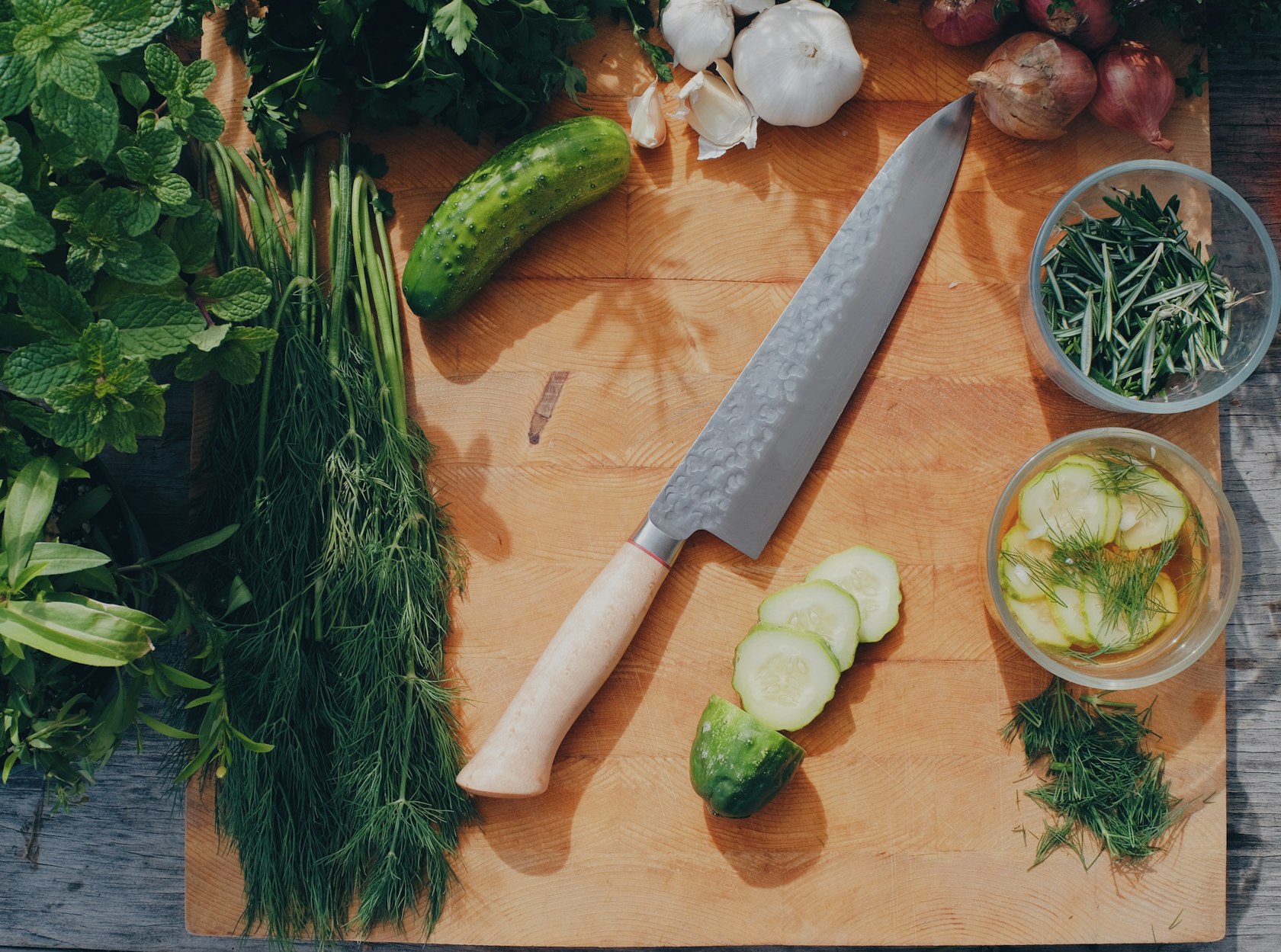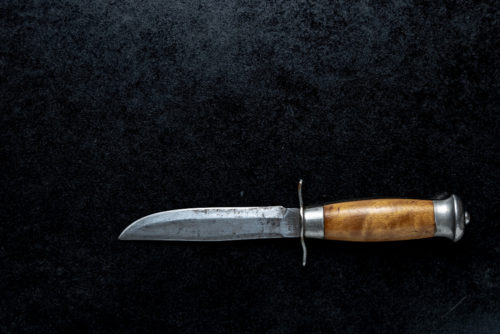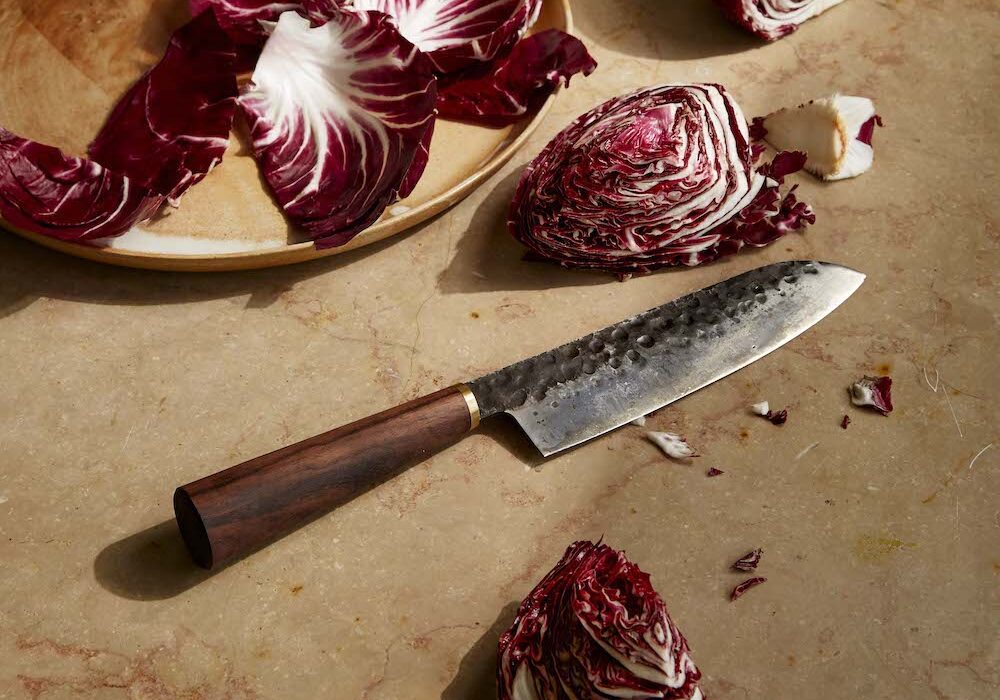Japanese knives are known for their precision and sharpness. Owning one is a delighted experience, but they require proper care to maintain their excellent performance. In this detailed guide, we will explore how to clean a Japanese knife thoroughly. This information will be helpful for anyone from professional chefs to kitchen hobbyists.

The Importance of Cleaning Your Japanese Knife
For those who take pride in their culinary tools, understanding the importance of cleaning your Japanese knife cannot be overstated. Proper cleaning not only maintains the knifes sharpness but also ensures longevity. It prevents any corrosion or damage that can occur from lingering food particles and moisture.

Understanding the Construction of Japanese Knives
Types of Japanese Knives
Japanese knives come in various types, each specially designed for particular tasks. Some of the most popular types include the Gyuto (chef’s knife), Santoku, Nakiri (vegetable knife), and Yanagiba (sushi knife). Each one has its unique features, and understanding them will help in their care.
Materials Used
Most Japanese knives are made from high-carbon steel or stainless steel. High-carbon steel is incredibly sharp but requires more care to prevent rust. Stainless steel, while more resistant to rust, might not hold an edge as long. Knowing the material of your knife will aid in its maintenance.

Essential Supplies for Cleaning Your Japanese Knife
- Soft Sponge or Cloth
- Mild Dish Soap
- Running Water
- Dry Towel
- Knife Oil (for high-carbon steel knives)

Step-by-Step Guide on How to Clean a Japanese Knife
Step 1: Rinse Immediately After Use
One of the most crucial steps in cleaning a Japanese knife is to rinse it immediately after use. Running water will help remove any food particles and acidic residues that could damage the blade.
Step 2: Use Mild Dish Soap and Soft Sponge
Apply a small amount of mild dish soap to a soft sponge or cloth. Gently scrub the blade, ensuring you cover all areas but avoiding the sharp edge directly.
Step 3: Rinse and Wipe
Rinse the knife thoroughly under running water to remove all soap residues. Use a clean, dry towel to wipe the knife immediately.
Step 4: Drying the Knife
Drying is an essential part of the cleaning process. Ensure your knife is completely dry before storing it. Any moisture left might cause rust, especially in high-carbon steel knives.
Additional Maintenance Tips
Sharpening Your Knife
Proper sharpening is vital for maintaining the efficiency of your Japanese knife. Depending on the type, you might need different sharpening stones. For detailed steps, check our guide on sharpening a chef knife.
Storing Your Knife
Store your knife in a dry place. Use a knife block, magnetic strip, or protective sheath to prevent any damage to the blade. Avoid storing it loose in a drawer as this can dull the blade and pose a safety hazard.
Regular Oiling
If you have a high-carbon steel knife, regular oiling is necessary. A few drops of knife oil will protect the blade from rust and maintain its sharpness. Check the best way to handle your knife care on our page about the best Japanese knife brand.
Common Mistakes to Avoid
Using Abrasive Sponges
Avoid using abrasive sponges or scouring pads as they can scratch the blade and handle.
Soaking the Knife
Never soak your Japanese knife in water for long periods. This can weaken the blade and cause rust.
Dishwasher Danger
Do not put your Japanese knife in the dishwasher. The high heat and harsh detergents can damage the blade and handle.
Caring for Wooden Handles
Many Japanese knives come with wooden handles, requiring special care. Avoid submerging them in water. Instead, wipe them clean with a damp cloth. Occasionally, treat the handle with mineral oil.
Benefits of Regular Knife Maintenance
Regular maintenance will keep your knife in pristine condition, ensuring it is always ready for precise cutting tasks. It also extends the lifespan of your knife, making it a worthwhile investment.
Cleaning Frequency
Japanese knives should be cleaned after every use. Additionally, performing deep cleaning and oiling once a month will keep them in excellent condition.
Troubleshooting Tips
Dealing with Stubborn Stains
For stubborn stains, make a paste of baking soda and water. Apply it to the stain and gently scrub with a soft sponge.
Removing Rust
If rust appears, use a rust eraser or fine-grit sandpaper to remove it carefully. Follow up with thorough cleaning and oiling.
Helpful Resources
For more tips on maintaining your kitchen tools, visit the Cleaning Institute.
FAQs
How often should I clean my Japanese knife?
Clean your Japanese knife after every use to maintain its quality and performance.
Can I put my Japanese knife in the dishwasher?
No, avoid putting your Japanese knife in the dishwasher. Handwashing is recommended to preserve its condition.
What should I do if my knife gets rust?
Use a rust eraser or fine-grit sandpaper to remove rust, followed by cleaning and oiling.
As an Amazon Associate, I earn from qualifying purchases.


